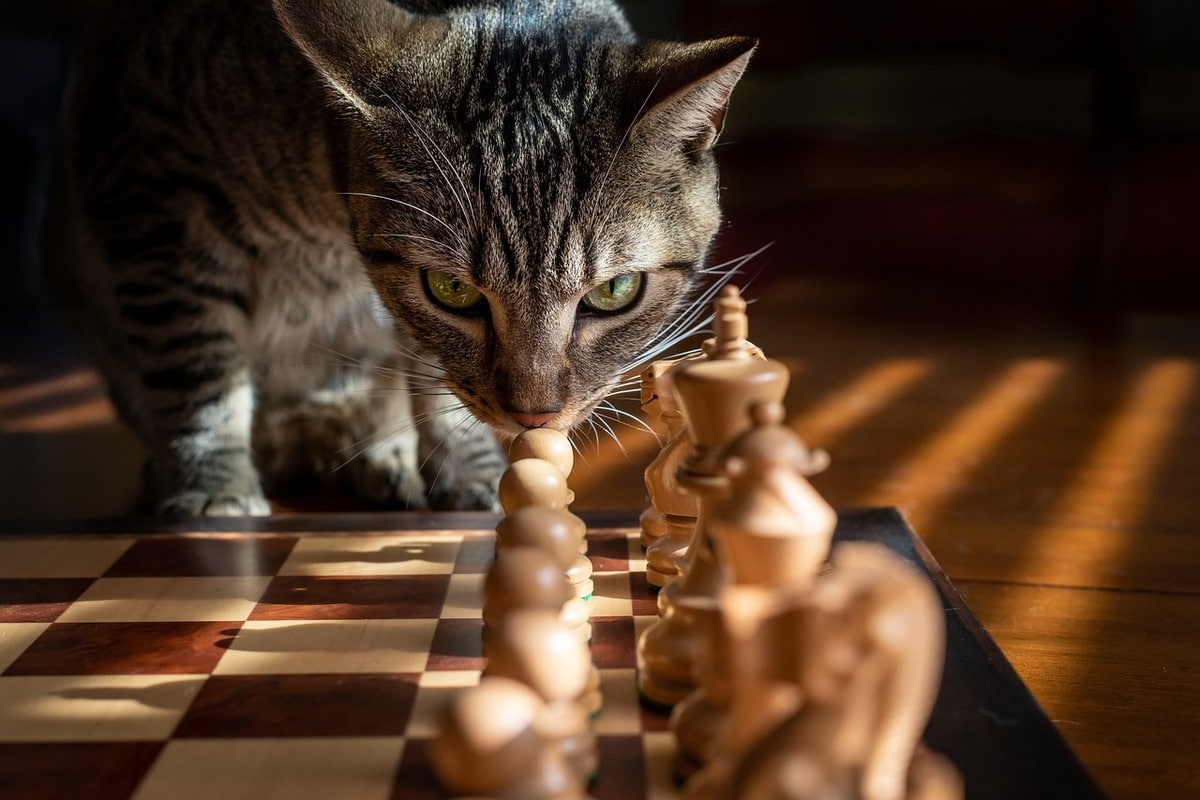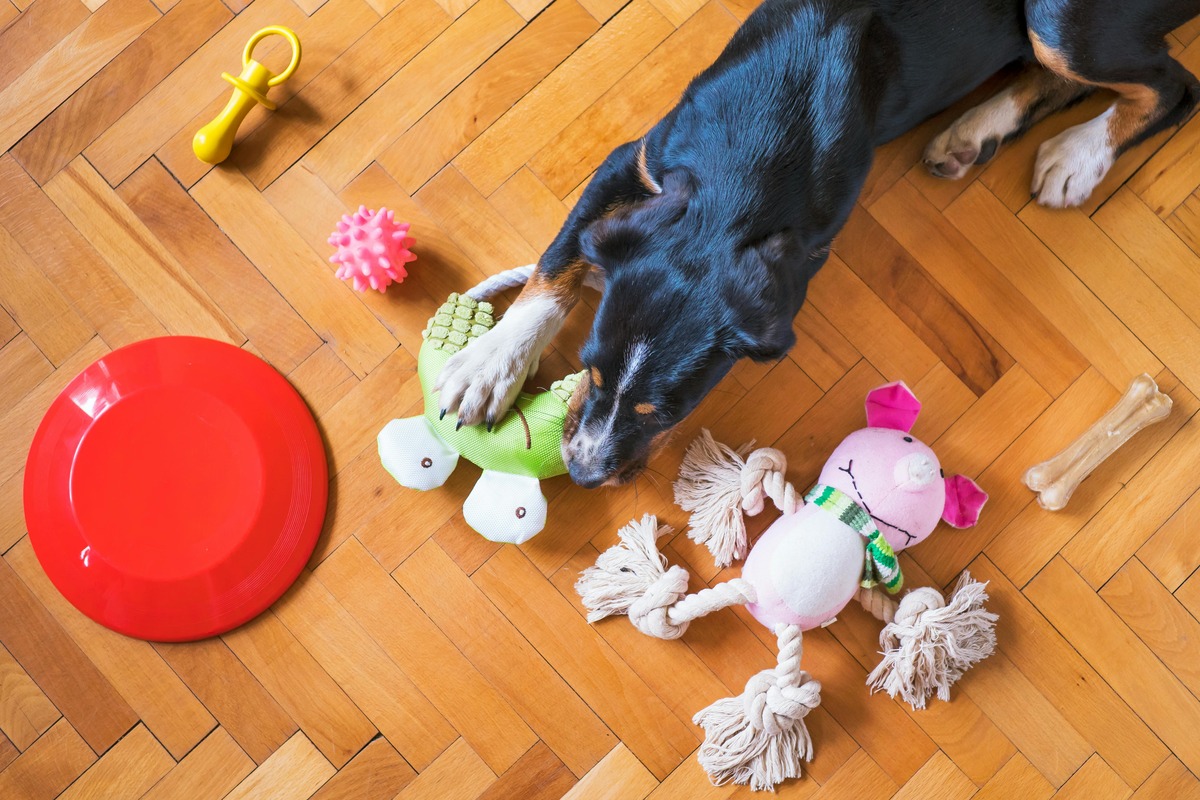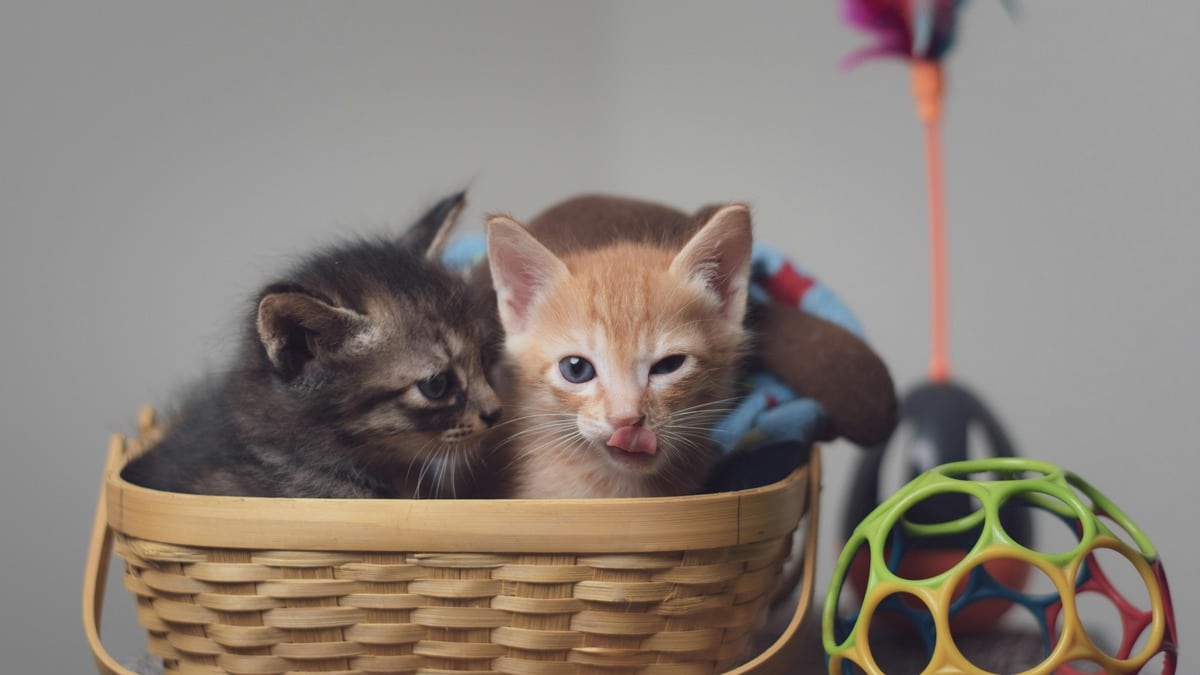
The Best Brain Games to Keep Your Pet Mentally Sharp
Just like humans, pets need mental stimulation to stay sharp, engaged, and happy. Boredom can lead to destructive behaviours, anxiety, and even health issues. Brain games provide an excellent way to challenge your pet’s mind, improve problem-solving skills, and strengthen your bond with them.
Many pet owners focus primarily on physical exercise, but mental exercise is equally important. Engaging in cognitive challenges can prevent boredom, curb destructive habits, and even slow cognitive decline in senior pets. In this guide, we’ll explore the best puzzle toys for pets, interactive games, how to engage a bored pet, and mental stimulation techniques for both dogs and cats, ensuring your furry friend stays mentally agile and entertained.
Why Mental Stimulation is Important for Pets
While physical exercise is essential, mental workouts are just as crucial for your pet’s well-being. Brain games help to:
- Prevent boredom and destructive behaviours (such as chewing, scratching, or excessive barking/meowing).
- Enhance problem-solving skills and encourage curiosity.
- Reduce stress and anxiety by providing structured engagement.
- Slow cognitive decline in senior pets, keeping them sharp as they age.
- Strengthen the bond between you and your pet through interactive play.
- Boost confidence in shy or anxious pets by allowing them to succeed at small challenges.
- Reduce hyperactivity by giving high-energy pets an outlet for their mental energy.
Now, let’s dive into some of the best brain games for pets that will keep them entertained and mentally stimulated.
Brain Games for Dogs

Dogs are natural problem solvers, and they thrive on challenges that engage their minds. Here are some interactive games and puzzle toys to keep your dog mentally sharp.
1. Treat-Filled Puzzle Toys
Puzzle feeders encourage your dog to use their nose, paws, and problem-solving skills to access treats.
How to Play:
- Use a commercial puzzle toy like the Kong, Nina Ottosson puzzles, or Snuffle Mats.
- Fill them with treats, peanut butter, or kibble.
- Let your dog figure out how to retrieve the reward.
2. The Shell Game (Cup Game)
This classic game enhances your dog’s problem-solving and scent-tracking abilities.
How to Play:
- Take three cups and place them upside down.
- Hide a treat under one cup while your dog watches.
- Shuffle the cups and let your dog find the treat.
- Gradually increase the difficulty by adding more cups.
3. DIY Towel or Blanket Puzzle
This homemade brain game challenges dogs to sniff out hidden treats.
How to Play:
- Lay a towel flat and sprinkle treats on it.
- Roll or fold the towel to hide the treats.
- Encourage your dog to sniff and unroll the towel to find the rewards.
- For extra challenge, tie knots in the towel before hiding treats.
4. Interactive Hide-and-Seek
This game strengthens recall training and provides mental stimulation.
How to Play:
- Have your dog stay in one room while you hide.
- Call their name and encourage them to find you.
- Reward with treats and praise when they do.
- Increase the difficulty by hiding behind furniture or in another room.
5. Learning New Tricks
Teaching new commands or tricks is a great mental workout.
Tricks to Try:
- “Shake” or “High Five”
- “Spin” or “Roll Over”
- “Find It” (Hide a toy and let them search for it)
- “Fetch Specific Items” (Teaching your dog to bring a particular toy by name)
- “Put Away Toys” (Encourages them to clean up after playtime)
Brain Games for Cats

Cats may seem independent, but they also enjoy mental challenges. Here are some great brain games and puzzle toys to keep your feline friend engaged.
1. Puzzle Feeders & Treat Mazes
Encourages cats to work for their food while preventing boredom.
How to Play:
- Use a puzzle feeder or create a DIY one using toilet paper rolls in a shoebox.
- Hide treats or kibble inside and let your cat figure out how to get them out.
- Use interactive food-dispensing toys to make mealtime more engaging.
2. DIY Treasure Hunt
Stimulates a cat’s natural hunting instincts.
How to Play:
- Hide treats around the house in different locations.
- Encourage your cat to “hunt” for their food.
- Change hiding spots regularly to keep the game fresh.
3. Fishing Pole & Feather Wand Games
Mimics prey movement and engages their chase instincts.
How to Play:
- Use a feather wand or string with a small toy attached.
- Move it around to mimic a bird or small animal.
- Let your cat stalk, pounce, and “capture” it.
- Rotate different wand toys to maintain excitement.
4. Light or Laser Pointer Chase
Stimulates visual tracking and physical activity.
How to Play:
- Shine a laser pointer or flashlight on the floor/walls.
- Move it around slowly for your cat to chase.
- End with a real toy or treat to prevent frustration.
- Avoid excessive play to prevent obsessive behaviour.
5. Clicker Training for Cats
Yes, cats can learn tricks too! Clicker training reinforces positive behaviour.
How to Play:
- Use a clicker and treats to train simple commands like “sit” or “high five.”
- Reward with a treat every time they perform the action correctly.
- Use clicker training to reinforce desired behaviours, such as coming when called.
Advanced Brain Games for Dogs and Cats
For pets who enjoy an extra challenge, try these advanced brain games.
1. Name Recognition Games
- Teach your pet the names of their toys.
- Ask them to retrieve specific items by name.
- Gradually increase the number of named items.
2. “Find the Scent” Tracking Game
- Use essential oils or strong-smelling treats.
- Hide the scent in different areas and encourage your pet to track it down.
- This is excellent for scent-driven breeds like Beagles and Retrievers.
3. DIY Obstacle Course
- Set up a mini agility course with cushions, tunnels, and jumps.
- Guide your pet through the course using treats and positive reinforcement.
- Change the layout periodically to introduce new challenges.
Common Mistakes to Avoid
- Skipping Pet Mental Stimulation: Physical exercise alone isn’t enough; pets need mental engagement too.
- Making Games Too Easy: Increase the challenge as your pet improves.
- Forcing Participation: Let your pet engage at their own pace.
- Using Unsafe Materials: Ensure DIY games don’t pose choking hazards.
- Not Rotating Activities: Pets can get bored with repetitive games, so mix things up.
Brain Games for Your Pet
Keeping your pet mentally stimulated is just as important as physical exercise. Brain games enhance problem-solving skills, prevent boredom, and strengthen your bond with your pet. Whether using puzzle toys, interactive games, or training techniques, incorporating mental stimulation into your pet’s routine leads to a happier, healthier companion.
Try out these brain-boosting activities today and watch your pet’s intelligence and curiosity flourish!